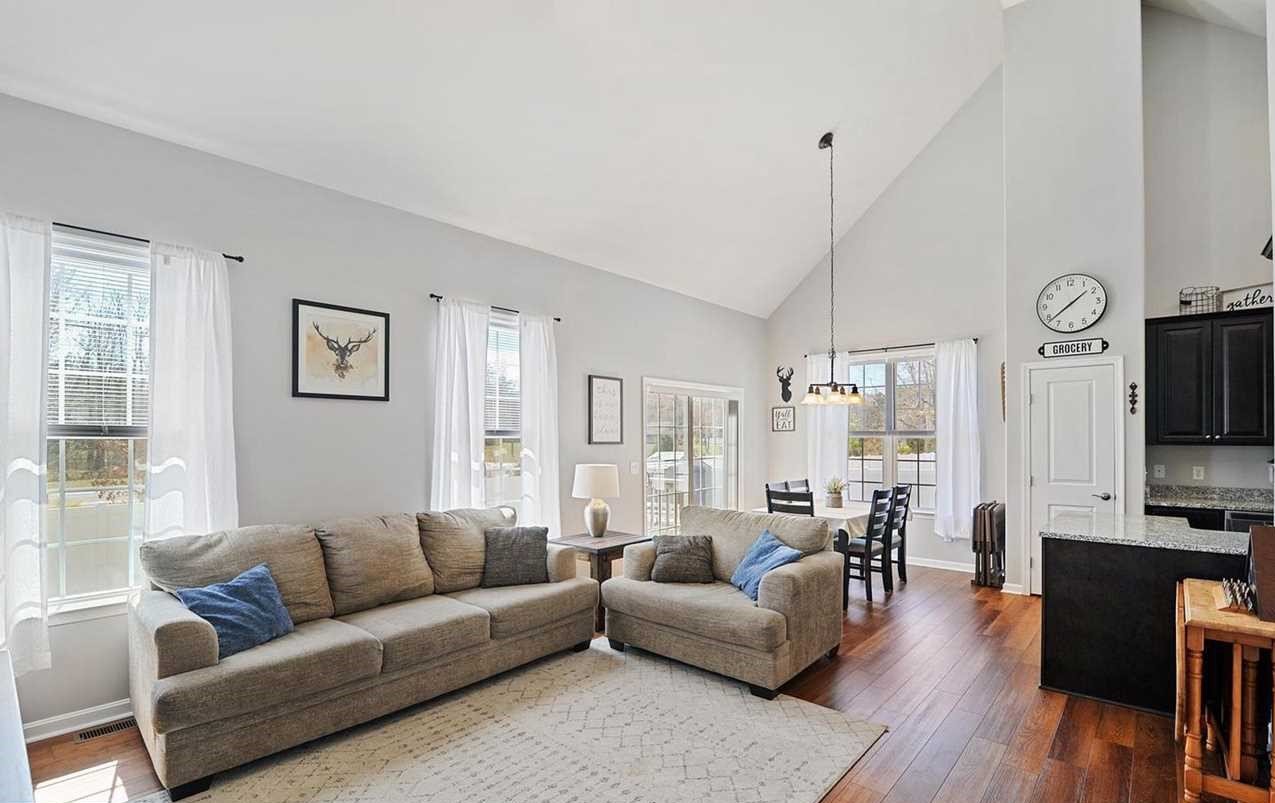finding innovative living solutions for your contemporary home can significantly enhance both functionality and comfort. As modern living spaces become increasingly compact and versatile, it’s essential to explore creative and efficient ways to maximize every inch of your home.

This article delves into cutting-edge ideas and technologies designed to optimize space, improve convenience, and elevate your overall living experience. From smart home systems to multifunctional furniture, we will explore various solutions that cater to the needs of a modern lifestyle, ensuring your home remains stylish, functional, and well-equipped for the demands of contemporary living.
Smart Lighting Systems
Remote Control and Automation
Smart lighting systems can be controlled remotely via smartphone apps or voice assistants like Amazon Alexa and Google Assistant. This functionality enables users to turn lights on or off, dim them, or change their color from anywhere, providing flexibility and ease of use. Automation features also allow users to set schedules or create scenes that adjust lighting based on time of day or specific activities, such as reading or watching TV.
Energy Efficiency
Many smart lighting solutions are designed with energy efficiency in mind. LED bulbs used in these systems consume less power compared to traditional incandescent bulbs and have a longer lifespan. Additionally, smart lighting systems can be programmed to turn off when not needed or to adjust brightness based on natural light levels, further reducing energy consumption and lowering utility bills.
Customization and Ambiance
Smart lighting systems offer extensive customization options, allowing users to create the perfect ambiance for any occasion. With features like color-changing LEDs and adjustable color temperatures, users can tailor their lighting to suit their mood, whether it’s a warm, relaxing glow for a cozy evening or bright, cool light for productivity. Pre-set lighting scenes and programmable settings enhance the versatility of smart lighting, adapting to various activities and preferences.
Integration with Smart Home Systems
These lighting systems can be seamlessly integrated with other smart home devices, such as security systems and thermostats. For example, smart lights can be programmed to simulate occupancy when you’re away, enhancing home security. Integration with smart home ecosystems also allows for synchronized lighting with other devices, such as adjusting lights when a smart doorbell is activated or dimming them when a smart speaker plays music.
Smart Thermostats
Remote Control and Automation
Smart thermostats can be controlled remotely through smartphone apps or voice commands. This functionality allows homeowners to adjust the temperature from anywhere, ensuring that their home is always at the desired temperature upon arrival. Automation features enable users to create schedules that automatically adjust heating and cooling based on time of day, occupancy, or weather conditions, enhancing convenience and comfort.
Energy Efficiency
One of the key benefits of smart thermostats is their ability to improve energy efficiency. These devices learn users’ preferences and daily routines over time, optimizing heating and cooling schedules to minimize energy use while maintaining comfort. For instance, smart thermostats can reduce energy consumption by lowering the temperature when the house is empty or adjusting it based on the outdoor weather forecast, which can result in significant savings on energy bills.
Adaptive Learning and Personalization
Smart thermostats often feature adaptive learning capabilities that analyze user behavior and adjust settings accordingly. This means the thermostat can automatically modify temperature settings based on your habits, such as reducing heating when you’re away at work or cooling the house before you return home. Additionally, many smart thermostats allow for personalized settings and preferences, ensuring a tailored climate experience that aligns with individual comfort levels.
Integration with Smart Home Systems
These devices can be seamlessly integrated with other smart home technologies, such as voice assistants, smart lights, and security systems. For example, a smart thermostat can work in conjunction with a smart home security system to adjust the temperature when you leave the house or to activate energy-saving modes based on your presence. Integration with weather apps can also enable the thermostat to adjust settings based on real-time weather conditions, further enhancing energy efficiency and comfort.
Smart Security Systems
Remote Monitoring and Control
Smart security systems allow homeowners to monitor their property in real-time from anywhere using smartphone apps or web interfaces. Users can view live video feeds from security cameras, receive instant notifications about suspicious activities, and remotely control security devices such as alarms and locks. This remote access ensures that you are always connected to your home’s security status, no matter where you are.
Integrated Surveillance Cameras
Modern smart security systems come equipped with high-definition surveillance cameras that can be installed both indoors and outdoors. These cameras often feature advanced capabilities such as motion detection, night vision, and two-way audio, allowing homeowners to not only see what is happening but also communicate with individuals on their property. Some systems also include cloud storage options for recording and accessing video footage.
Smart Alarms and Sensors
Smart security systems include various sensors and alarms to detect and respond to potential threats. Common sensors include motion detectors, door/window contact sensors, and glass break detectors. When these sensors detect unusual activity, they can trigger alarms, send alerts to your phone, or even notify emergency services. The integration of these sensors ensures comprehensive coverage and rapid response to security breaches.